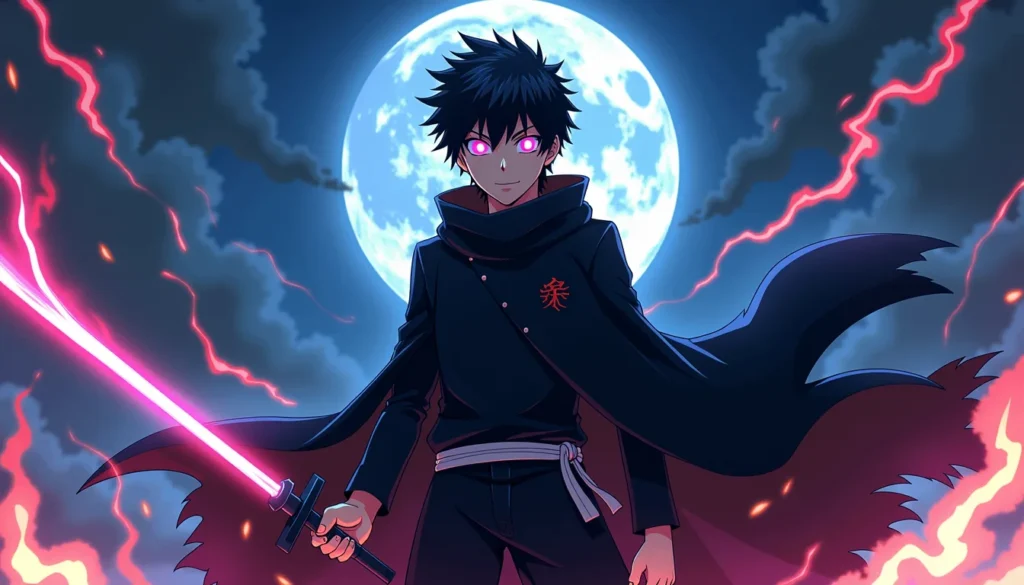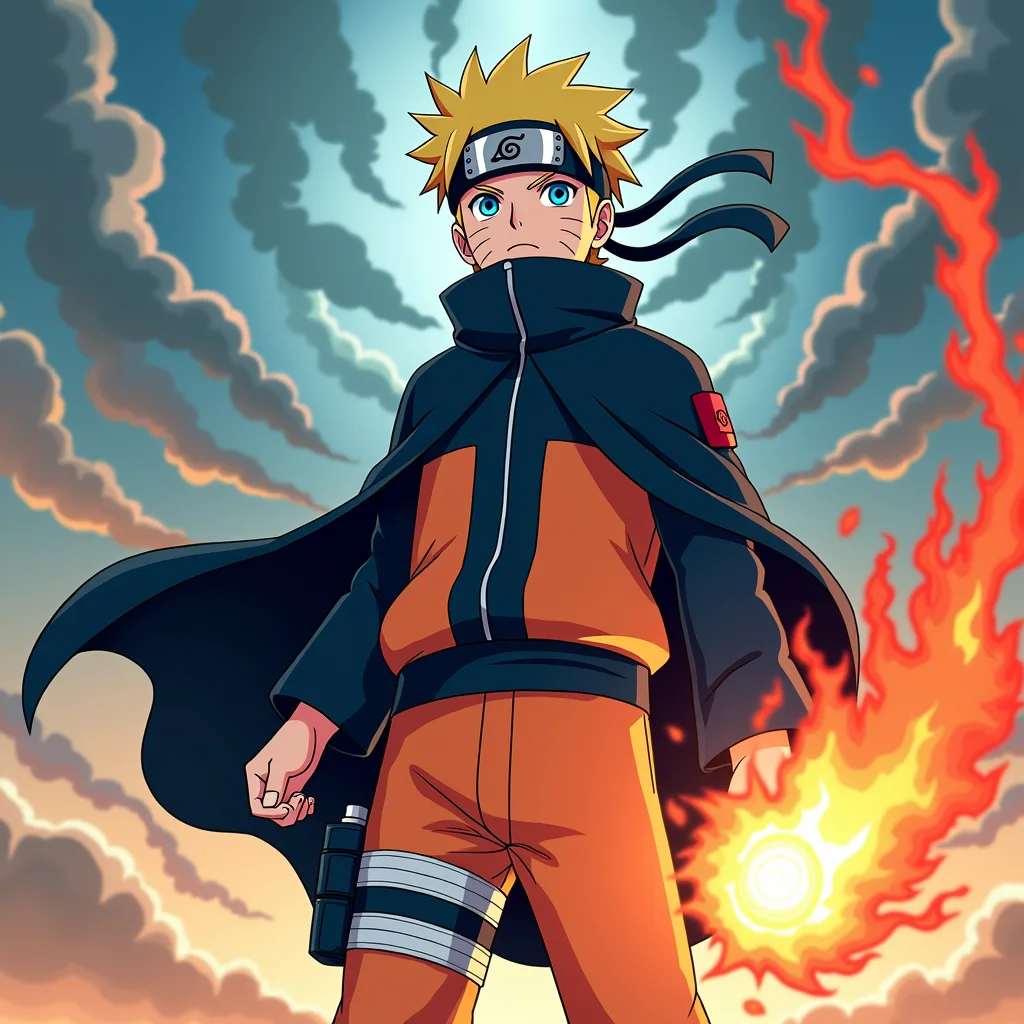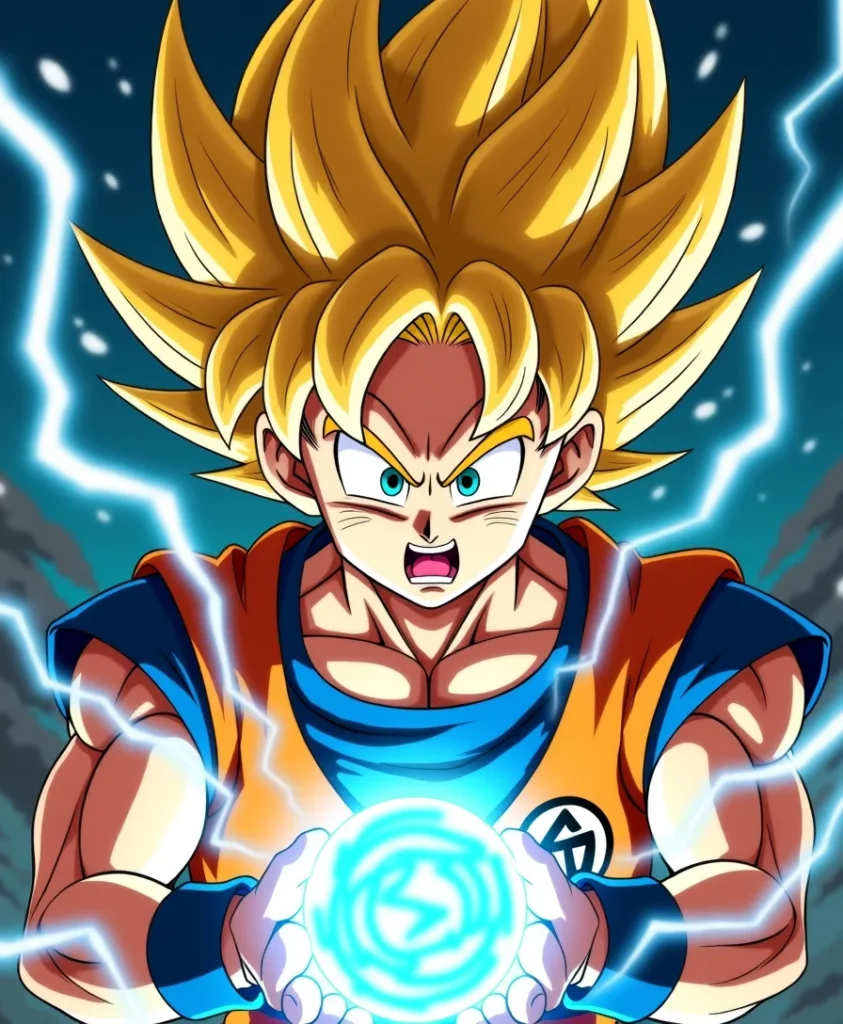Doujin anime, a vibrant and creative expression of fandom, has gained immense popularity worldwide, particularly in Japan. This blog explores the characteristics of doujin anime, its historical development, classic works, and the tools creators typically use. We will also detail the creative process behind doujin anime and delve into how Pixfun, an AI-driven video creation tool, is revolutionizing the production of animated content for platforms like YouTube and TikTok.

Understanding Doujin Anime
Doujin anime refers to fan-created works based on existing anime, manga, or video games. These creations can take various forms, including comics (doujinshi), animations, and fan fiction. The primary characteristics of doujin anime include:
- Creative Freedom: Doujin creators have the liberty to reinterpret characters and storylines, often exploring themes and narratives that the original works did not cover.
- Diverse Genres: Doujin anime spans a wide range of genres, from romance and comedy to horror and science fiction, catering to various audience preferences.
- Community Engagement: Doujin culture thrives on community interaction, with creators often collaborating and sharing their works at conventions and online platforms.
- Non-commercial Nature: Most doujin works are created out of passion rather than for profit, allowing fans to express their love for the original material without commercial constraints.
Historical Development of Doujin Anime in Japan

The roots of doujin culture can be traced back to the late 19th century, but it gained significant traction in the 1970s with the establishment of events like Comic Market (Comiket) in Tokyo. Key milestones in its history include:
- 1970s: The rise of independent publishing, where fans created and distributed their own works, leading to the first Comiket in 1975.
- 1980s to 1990s: The doujin scene flourished, with an increasing number of creators producing works that gained popularity and recognition. This era saw the emergence of influential doujin circles and the diversification of genres.
- 2000s to Present: The advent of the internet transformed doujin culture, allowing creators to share their works globally. The commercialization of some doujin creators has blurred the lines between amateur and professional, with many transitioning into the mainstream industry.
Classic Works in Doujin Anime
Numerous classic doujin works have left a lasting impact on the community. Notable examples include:
- “Touhou Project”: A series of bullet hell games that inspired countless doujinshi and fan animations, showcasing the creativity of the doujin community.
- “Fate/stay night”: This visual novel has spawned a plethora of doujin works exploring alternate storylines and character relationships.
- “Attack on Titan”: Many doujin creators have contributed unique interpretations and narratives, expanding the original universe.
The Creative Process of Doujin Anime
The creative process behind doujin anime is intricate and varies among creators, but it generally follows several key stages:
1. Inspiration and Concept Development
The creative journey begins with inspiration, often drawn from existing works. Creators may start by identifying characters, themes, or storylines they wish to explore further.
- Character Selection: Many doujin creators focus on specific characters from their favorite series, analyzing their personalities, relationships, and potential for new narratives.
- Theme Exploration: Themes can range from romance and friendship to darker elements like betrayal or tragedy. Creators often seek to delve deeper into aspects of the original work that may not have been fully explored.
2. Writing and Storyboarding
Once the concept is established, the next step is to write the narrative and create a storyboard. This phase is crucial for organizing thoughts and visualizing how the story will unfold.
- Scriptwriting: The script outlines dialogue, character interactions, and plot progression. It serves as a blueprint for the entire project.
- Storyboarding: This involves sketching key scenes to visualize the flow of the story. It helps creators plan the pacing and structure of the work, ensuring that the narrative is coherent and engaging.
3. Art Creation
Art is a fundamental component of doujin anime, and this stage involves bringing characters and scenes to life through illustration.
- Character Design: Artists create detailed designs for characters, often incorporating unique styles or variations that reflect their interpretation of the original characters.
- Background Art: Creating backgrounds that complement the characters and story is essential. This can involve designing specific locations or settings that enhance the narrative.
- Final Illustrations: After sketches are approved, artists produce final illustrations, which may involve inking, coloring, and adding special effects to enhance visual appeal.
4. Production and Editing
With the artwork completed, the next step is the production phase, which involves compiling the illustrations and text into a cohesive format.
- Digital Tools: Many creators use software like Adobe Photoshop or Clip Studio Paint for digital illustrations, while video editing software like Adobe Premiere Pro is used for animated works.
- Editing: This phase includes reviewing the content for consistency, correcting any errors, and ensuring that the final product aligns with the original vision.
5. Publishing and Distribution
Once the doujin work is complete, the next step is to share it with the audience. This can take various forms:
- Physical Copies: Many creators produce printed versions of their doujin works, often selling them at conventions or through online platforms.
- Online Platforms: Websites like Pixiv and DeviantArt allow creators to share their works digitally, reaching a broader audience. Social media platforms also play a crucial role in promoting and distributing doujin content.
- Doujin Events: Participating in events like Comic Market (Comiket) allows creators to showcase their works, connect with fans, and engage with other creators.
6. Community Engagement
The doujin community is a vital aspect of the creative process. Feedback from peers and fans can greatly influence future projects.
- Fan Interaction: Engaging with fans through comments, social media, and conventions provides valuable insights and encouragement for creators.
- Collaboration: Many doujin creators collaborate with others, sharing skills and resources to enhance their projects.
Tools Used by Doujin Creators
Doujin creators typically utilize various tools to produce their works, including:
- Art Software: Programs like Adobe Photoshop and Clip Studio Paint are commonly used for character design and illustration.
- Video Editing Software: Tools such as Adobe Premiere Pro and After Effects help creators produce animations and edit videos.
- Online Platforms: Websites like Pixiv and DeviantArt serve as hubs for sharing doujin works and connecting with other fans.
How Pixfun Enhances Doujin Anime Video Creation

Pixfun is an AI-powered video creation tool designed to streamline the production of animated content, making it an invaluable resource for doujin creators. Here are some of the key benefits of using Pixfun:
- Streamlined Creation Process: Pixfun’s user-friendly interface allows creators to produce animations quickly, significantly reducing the time and technical skills required for traditional animation. The drag-and-drop features enable users to assemble videos rapidly.
- Diverse Content Creation Options: Creators can access a library of story scripts and templates tailored to various themes and audiences, simplifying the process of generating animated videos.
- Enhanced Viewer Engagement: Animated content is inherently more engaging, and Pixfun helps creators craft visually appealing stories that attract viewers, increasing watch time and interaction rates.
- AI-Assisted Features: Pixfun leverages AI technology to provide character design, animation generation, and visual effect optimization, enhancing the quality and efficiency of video production.
By utilizing Pixfun, doujin creators can focus on their storytelling and artistic vision while leaving the technical aspects of animation to the AI, allowing for more frequent and higher-quality content production.
Conclusion
Doujin anime represents a unique intersection of fandom and creativity, allowing fans to explore and expand upon their favorite universes. As this culture continues to thrive, tools like Pixfun are paving the way for a new generation of creators to produce engaging animated content for platforms like YouTube and TikTok. With the support of AI technology, the future of doujin anime looks promising, fostering creativity and community engagement in the ever-evolving landscape of digital media.